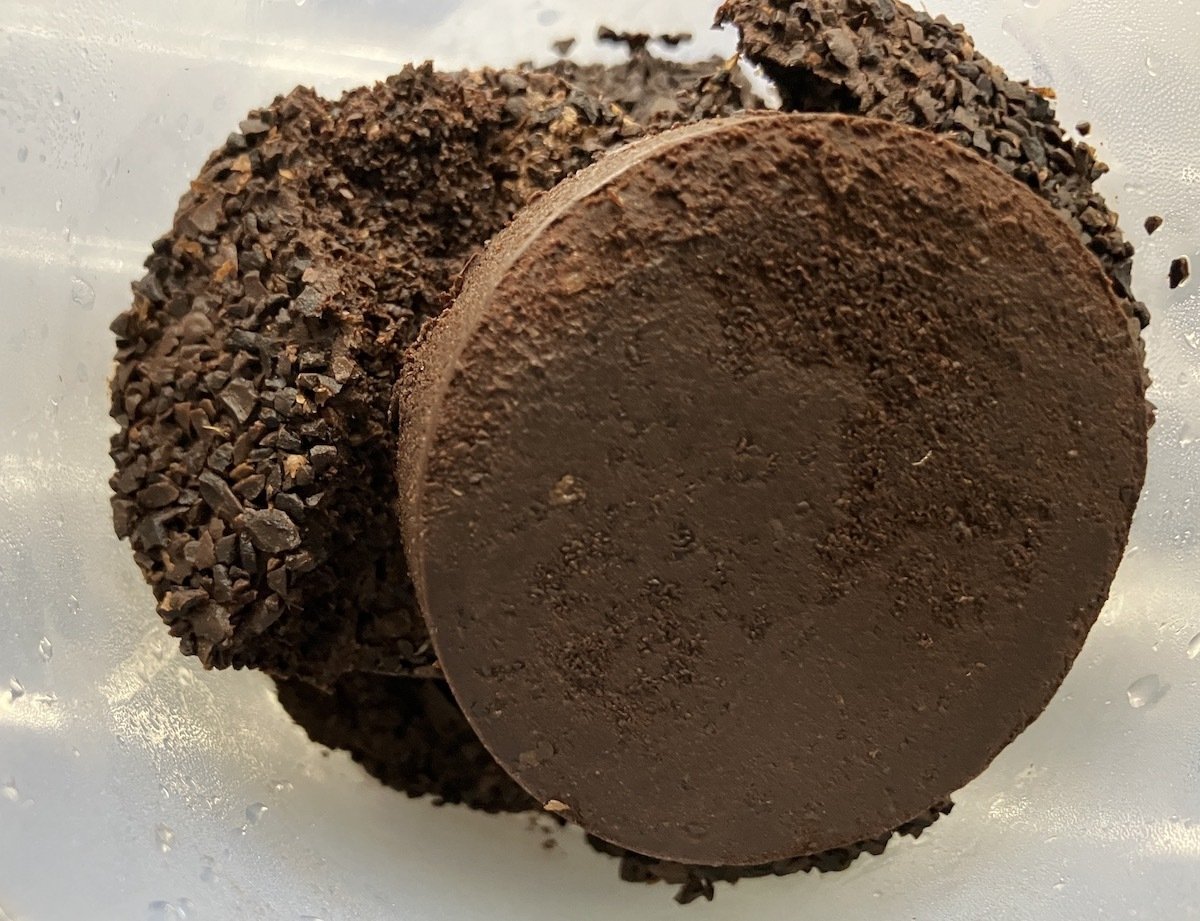Great write up, thanks. For video learners, Wolfgang does a good step-by-step on YouTube
thirdBreakfast
I'd love you to check back later with your conclusions.
Guide to Self Hosting LLMs with Ollama.
- Download and run Ollama
- Open a terminal, type
ollama run llama3.2
If it's an M1, you def can and it will work great. With Ollama.
+1 for Forgejo. I started on Gogs, then gathered that there had been some drama with that and Gitea. Forgejo is FOSS, simple to get going, and comfortable to use if you're coming from GitHub. It's actively maintained, and communication with the project is great.
Great question (and we are reaching the outside edge of my knowledge here). Something like 3-5% of carbon in plants is taken up from the soil by plant roots. I don't fully understand the mechanism, but the organic carbon percentage is an important competent in the calculation of how much artificial nitrogen a crop is going to need, so I guess it's probably some biochemical process for making the nitrogen available.
The organic carbon percentage is closely watched by farmers and is something of an indication of soil health. ie if your crop rotation is reducing the OC% over time then you probably need to reconsider it. It's one of the reasons burning crop stubbles is a much rarer practice now.
Hay is cut from any sort of cereal plant early in it's lifecycle, specifically before the plant starts concentrating it's energy into the seeds. At this stage the plant stalk is sweeter (even to a human - give it a bite). After flowering, the plant is concentrating it's energy into the seeds. By the time it's fully done this (which takes a number of weeks), there is very little protein in the stalk, and it's far less palatable (or nutritious) to animals. The plant stalk is now essentially 'straw'.
Commercial hay can be mowed from a meadow (in Australia usually ryegrass) in which case it will have all sorts mixed in, or from crops intended for making good hay (in Australia usually oats or wheat). Commercial straw (which has a tiny market) is cut after the grain has been harvested from the top of the plant. In commercial broadacre cropping in poor soil areas (the bulk of Australia's grain areas) it's usually better economics to keep your crop residue including straw since the cost to replace the carbon would be higher that what you'd get for the straw after the cost of harvesting it.
Source: I play a lot of Minecraft
Thanks, I ended up going with Garage, but it has the same issue. I assumed I could just specify some buckets with their keys in the docker-compose or garage.toml, but no - they had to be done through the api or command line.
This is correct, I already installed the minio cli, but when I came back and read this, I tried it out and yes, once garage is running in the container, you can
alias garage="docker exec -ti <container name> /garage"
so you can do the cli things like garage bucket info test-bucket or whatever. The --help for the garage command is pretty great, which is good since they don't write it up much in the docs.
Thanks. I ended up going with Garage (in Docker), and installed the minio client cli for these tasks.





Build anything small into a container on your laptop, push it to DockerHub or the Github package registry then host it on fly.io for free.